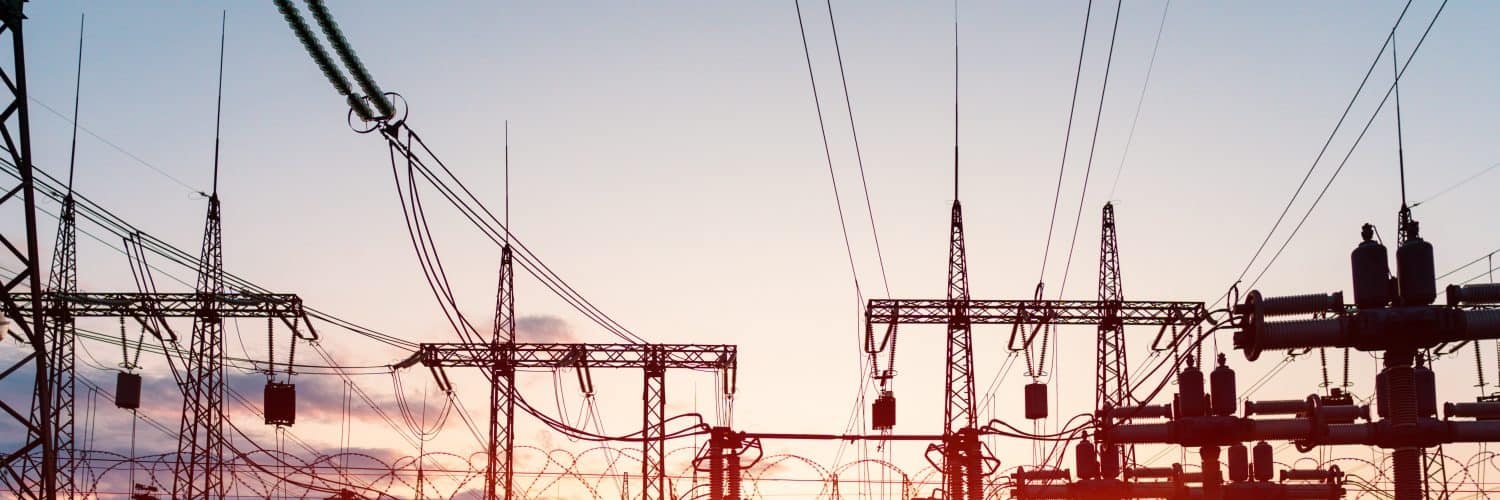Alberta’s weighted average Power Pool price for March is currently $73.47/MWh. Relative to last week’s price of $89.71/MWh, this represents a decrease of $16.47/MWh or 18.1%. Since the start of the year, the market has been volatile due to seasonal demand changes, which has caused daily price spikes. This week, however, daily volatility was kept to a minimum, as there was only one day with significant activity. On March 16th, between 8am and 3pm MST, the hourly price averaged $159.96/MWh, with a peak price of $328.70/MWh at 8am MST, which resulted in a daily settle of $86.43/MWh. Hourly demands in the province are currently averaging 9,887MW, a slight decrease of 66MW or 0.7%. Multi-day outages at Battle River 4 and Keephills 2, as well as intermittent outages at Keephills 3, were the main contributors to whatever volatility existed this past week.
The weighted average Hourly Ontario Energy Price (HOEP) is currently at 1.7¢/kWh for March, unchanged compared to last week’s settle. Demand and supply have both dropped relative to average March levels, with demand decreasing at a faster pace than supply (-3%, 15,501MW and -1%, 15,956MW). While a stronger decrease in demand relative to supply would otherwise put downward pressure on HOEP, the shift away from renewables and a greater reliance on natural gas has helped keep HOEP stable. Gas increased its supply by 9% (1,114MW), while nuclear decreased its baseload by 1% (8,483MW), along with most other generating sources: hydro (-2%, 4,108MW), wind (-4%, 2,117MW), solar (-8%, 91MW), biofuel (+25%, 42MW). Currently, with the first Global Adjustment estimated at 7.9¢/kWh and the first estimate recovery rate at 0.5¢/kWh, March’s total market price is at 10.1¢/kWh.
In other electricity news, the Conference Board of Canada released a study yesterday on the economic benefits of small modular nuclear reactors (SMRs) in grid electricity generation. SMRs would ensure the necessary supply of zero-emission, non-intermittent, and cost-competitive electricity. The report concluded that a 300-megawatt grid-scale SMR built in Ontario, in operation for 60 years, could increase gross domestic product by $2.6 billion, create $1.7 billion in wages, and generate $873 million in provincial taxes. This study comes after the Fall 2020 announcement by Ontario Power Generation (OPG), stating that they will resume their plans to host a SMR at their Darlington site, which could be deployed as early as 2028. With plans to add more nuclear generation to the province’s supply mix, consumers of both market and regulated rates could see lower electricity bills when nuclear baseload is increased with new reactors.
– Mark Ljuckanov, Energy Advisor / Ryan Cosgrove, Energy Data Analyst / Sarah Clemente, Energy Data Analyst








Add comment